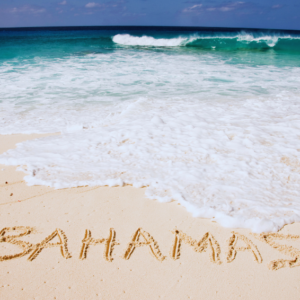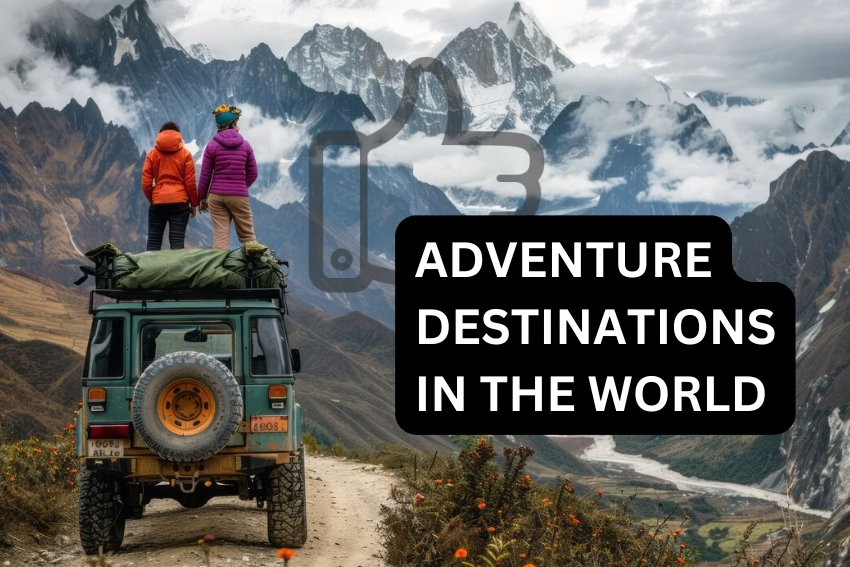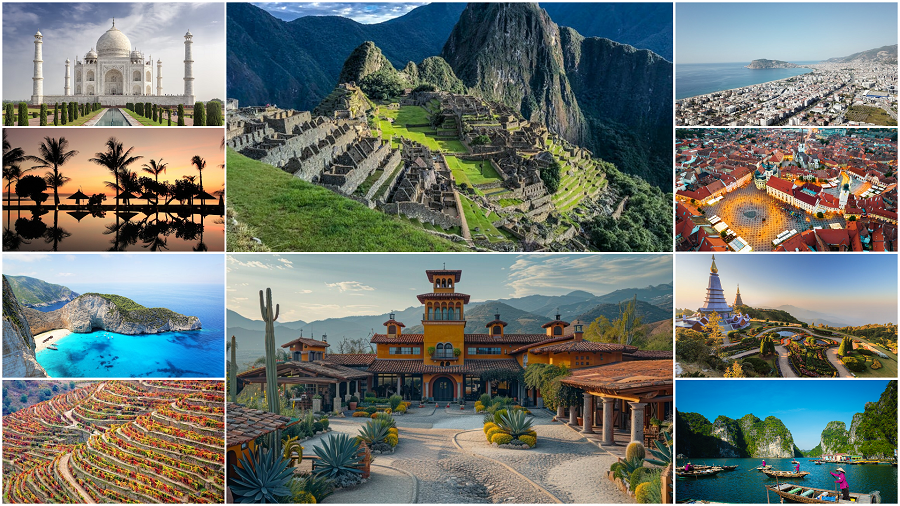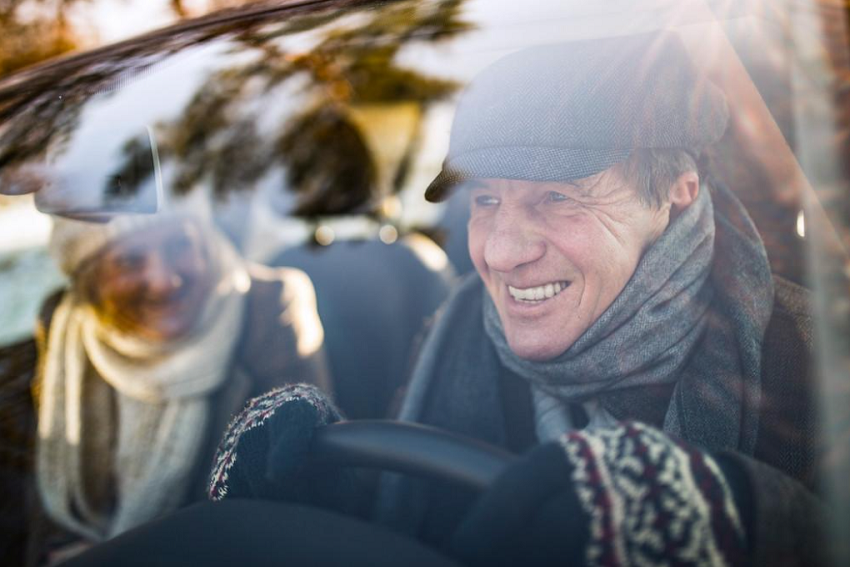Planning to scale the Roof of Africa in the near future? Obviously, you’ve got some questions concerning your trip. In this article, we’ve gathered the top 8 questions relating to Kili and of course, provided the answers.
How much does it cost to climb Kilimanjaro?
The average cost to climb Kilimanjaro is $2,500. In most cases, this cost is somewhere between $2000 to $4000 without the flight fare, depending on a variety of factors. For starters, you need to pay for a Tanzanian visa ($50 for non-US citizens for single entry and $100 for US citizens for multiple entries). Then, the total cost depends on the travel insurance you choose. A quick tip: purchase a policy that will cover altitude sickness, the most commonly occurring health issue on Kili.
Next, keep in mind that it’s necessary to have some vaccinations before you arrive in Tanzania that will add another $100 to your Kili climb cost. It goes without saying that the size of your group significantly affects the cost of your adventure. Fair enough, as you’re going to bear all the expenses on your own if you travel alone, while hiking with a group of people will help reduce the cost. The route you choose and the duration of your climb also affect the bill.
Of course, the amount of money you spend on your climb heavily depends on the gear you buy. Lastly, the cost will be affected by your plane ticket and accommodation you’ll book to have a rest before the climb.
How long does it take to summit Kilimanjaro?
For a person with an average fitness level it takes 5 to 9 days to get to Uhuru Peak, the highest point of Kilimanjaro, and come down to the Finish point. Keep in mind that the more time you spend on the volcano, the safer your hiking experience will be. More days mean better acclimatization and higher chances of making it to the top.
Which route is the best?
It depends on your personal preferences, budget, and physical shape. There are seven official Kilimanjaro routes that vary by length, duration, difficulty and scenery. Some are more popular than others, so pick one of them if you enjoy having a lot of people around and making new friends.
Otherwise, go for a less favored route. In order to choose the route that can best meet your needs, think what your priorities are: scenic scenery or authentic, pristine wilderness away from the crowds, easiness or physical challenge, and, finally, the shortest possible route or a longer one that offers better chances of success.
All in all, the treks are all different to cater for different needs, so which one is ideal? Hard to say, for example, the team at Follow Alice have chosen Lemosho Route as it offers varied, beautiful scenery, is not crowded and has a high summit success rate.
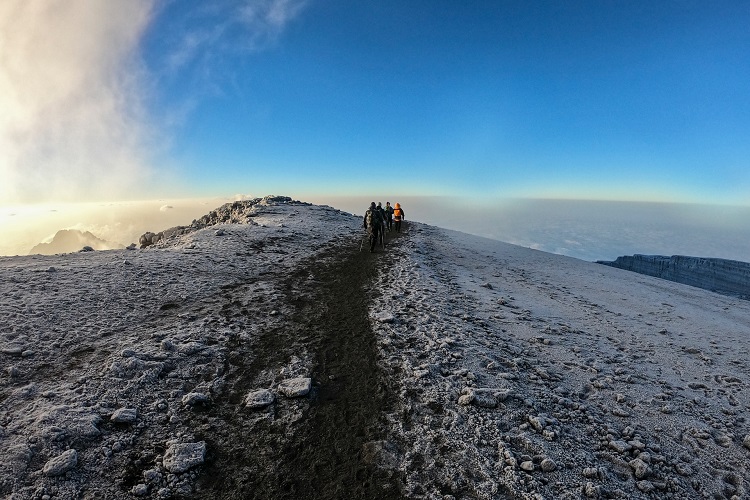
When is the best time to summit Mount Kilimanjaro?
Actually, most routes allow scaling Kili at any time of the year, however, certain months are better than others. For a more comfortable and safer trip, it’s a good idea to avoid climbing the highest peak of Africa during the rainy season. In fact, there are two distinct wet seasons in the Kilimanjaro area: late March through May and November.
Instead, schedule your adventure to take place in the driest months: January through early March and June through October, when the cloudless sky, stunning views and sunshine provide the best conditions for comfy hiking. Still, keep in mind that Kilimanjaro has its own weather system and the weather can radically change regardless of the season.
What should I include in my Kilimanjaro packing list?
It’s most likely that your travel operator will provide you with the ultimate packing list before you leave for Tanzania, including the exact types and amounts of items to bring. For your better understanding of which items you will need, here’s a sneak peek: travel documents (Tanzania visa, passport, travel insurance), plenty of layers, an insulated synthetic or down jacket, hats, a buff, a balaclava, sunglasses, a head torch plus spare batteries, high SPF sunscreen, hiking boots, socks, water bladder, and of course a camera.
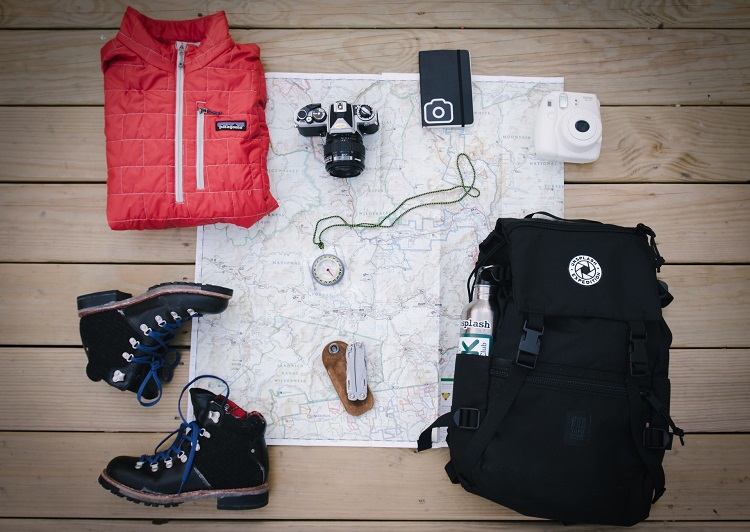
What is the weather on Kilimanjaro like?
Located close to the equator, the majestic Kilimanjaro doesn’t experience sharp seasonal temperature changes. However, the weather on the Roof of Africa can switch from sweltering hot to freezing cold within 12 hours, while it’s mostly affected by altitude and time of day.
At the foot of the mountain, the temperature ranges between 21 and 27°C throughout the year while at the top, the night time temperatures can even drop to -29°C. In fact, weather conditions on Kilimanjaro can widely vary, which means you need to be equally prepared for warm weather as well as rain, high winds, biting cold and snow.
Do I need to train for climbing Kilimanjaro?
Sure you do. Climbing Mount Kilimanjaro is a considerable physical challenge. Even people who exercise regularly will need to train specifically for scaling Kilimanjaro for at least 10 to 12 weeks. Include the following types of exercise in your training plan:
- pack-loaded uphill hiking, walking, and stair-climbing
- strength training (the lower body and core)
- cardiovascular training
- flexibility training
What is more, make sure you’re mentally prepared for such a long hike with baby wipe showering, sleeping in a tent and wearing boots most of the time.
Are there any potential dangers of scaling Mount Kilimanjaro?
While you can prevent dehydration, hypothermia and sunburns by properly preparing for your trip, there’s a thing which is hardly possible to foresee and prevent — altitude sickness. While mild symptoms are easy to treat with the help of over-the-counter medication, the acute mountain sickness is dangerous for your life.
Altitude sickness can affect anyone, including physically fit people. A great deal of climbers on Kilimanjaro experience its early symptoms which include mild headaches, loss of appetite, nausea and dizziness. If these signs of mountain sickness appear, it’s important to rest for a day at the same altitude, and if they only increase, you need to descend at least 500 meters.


